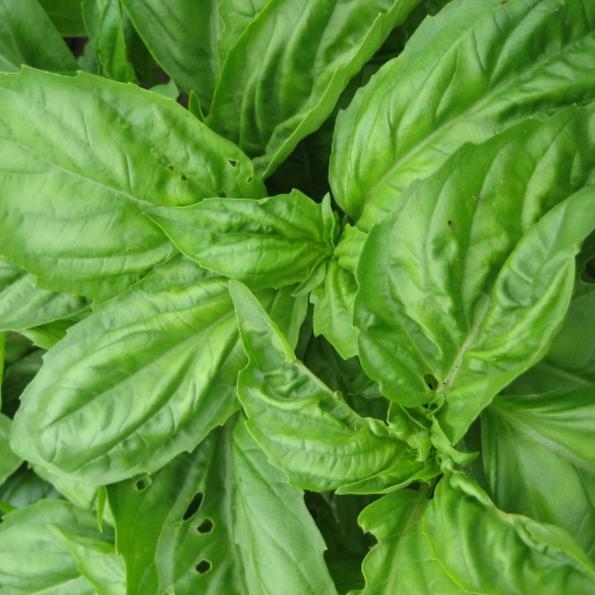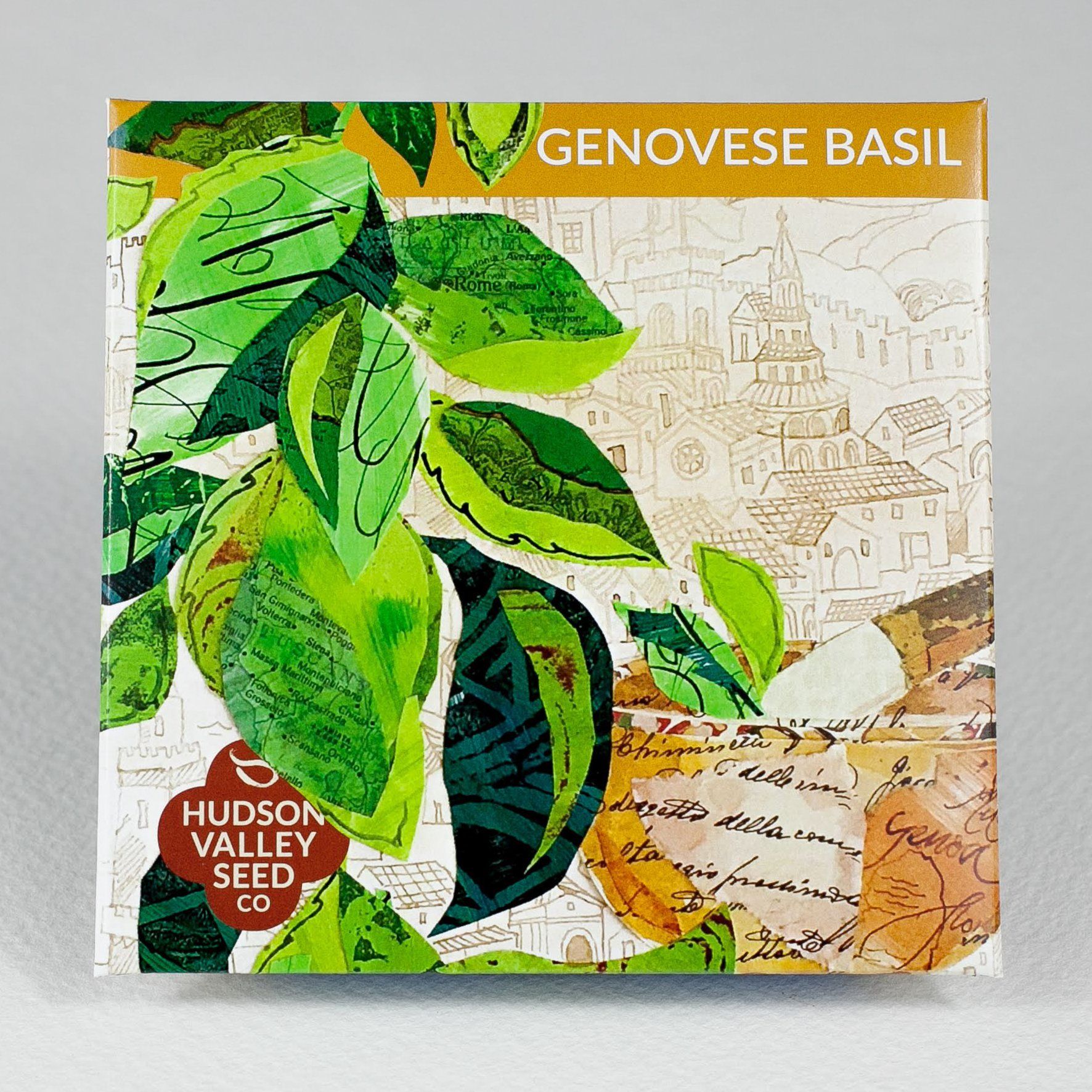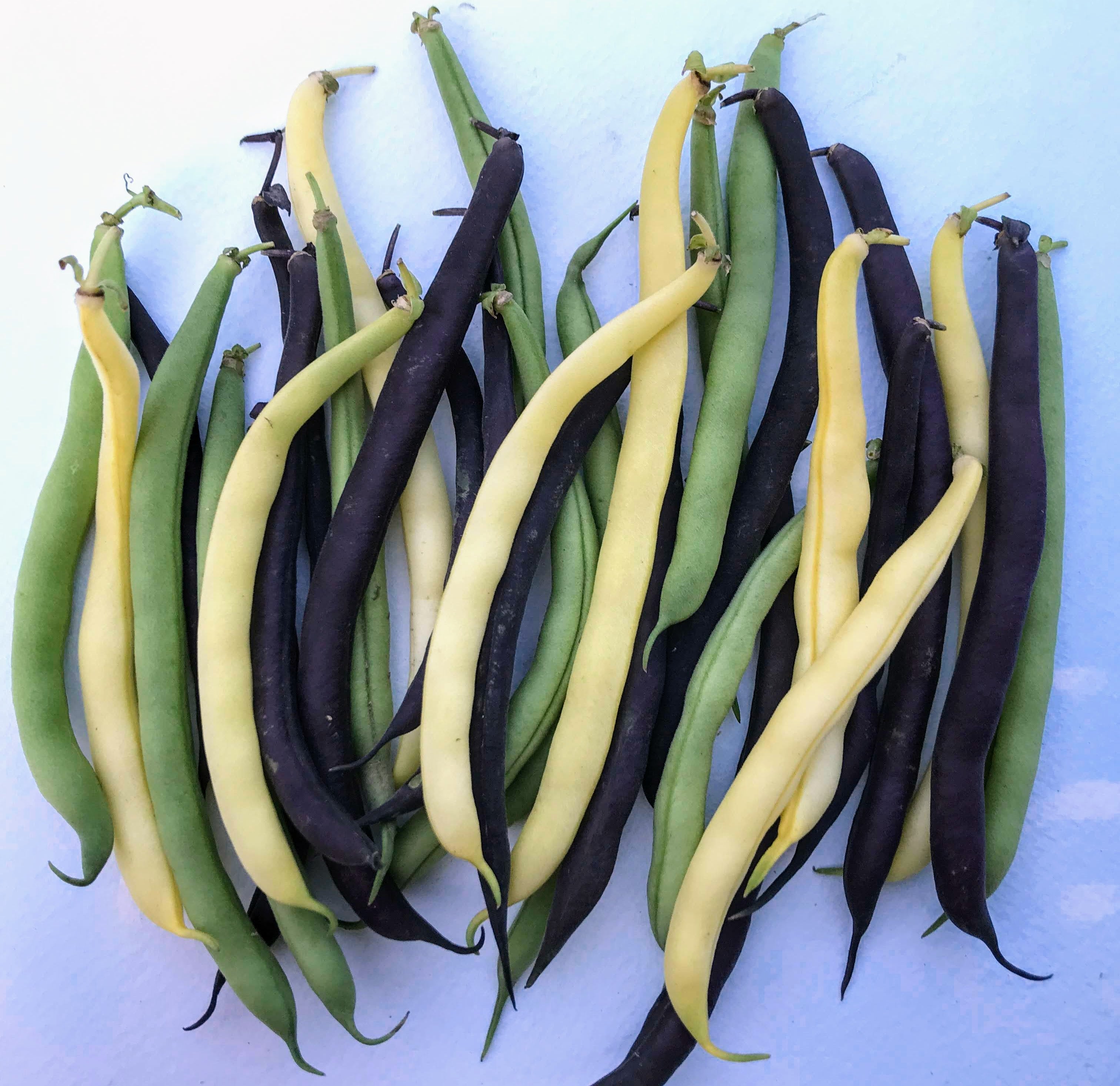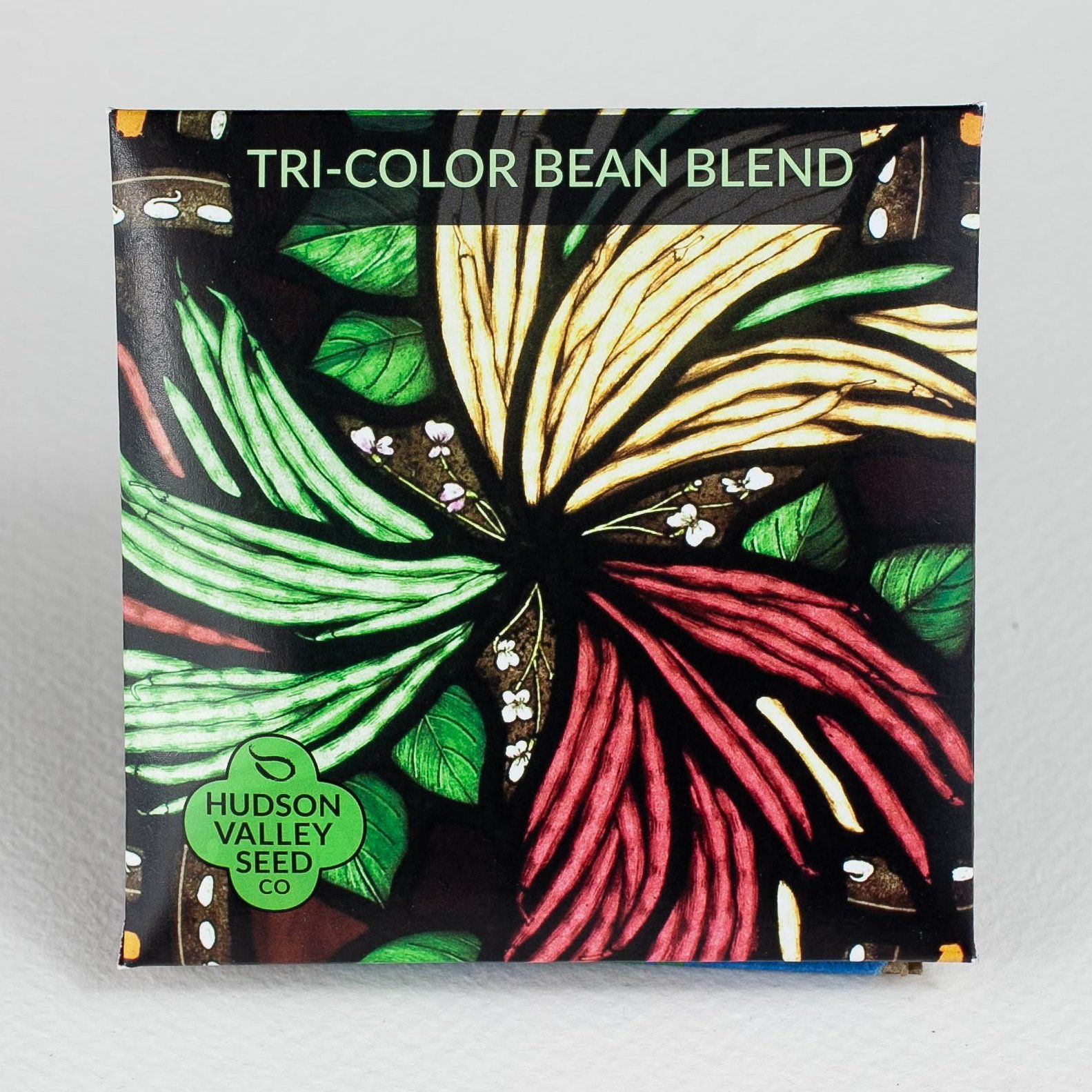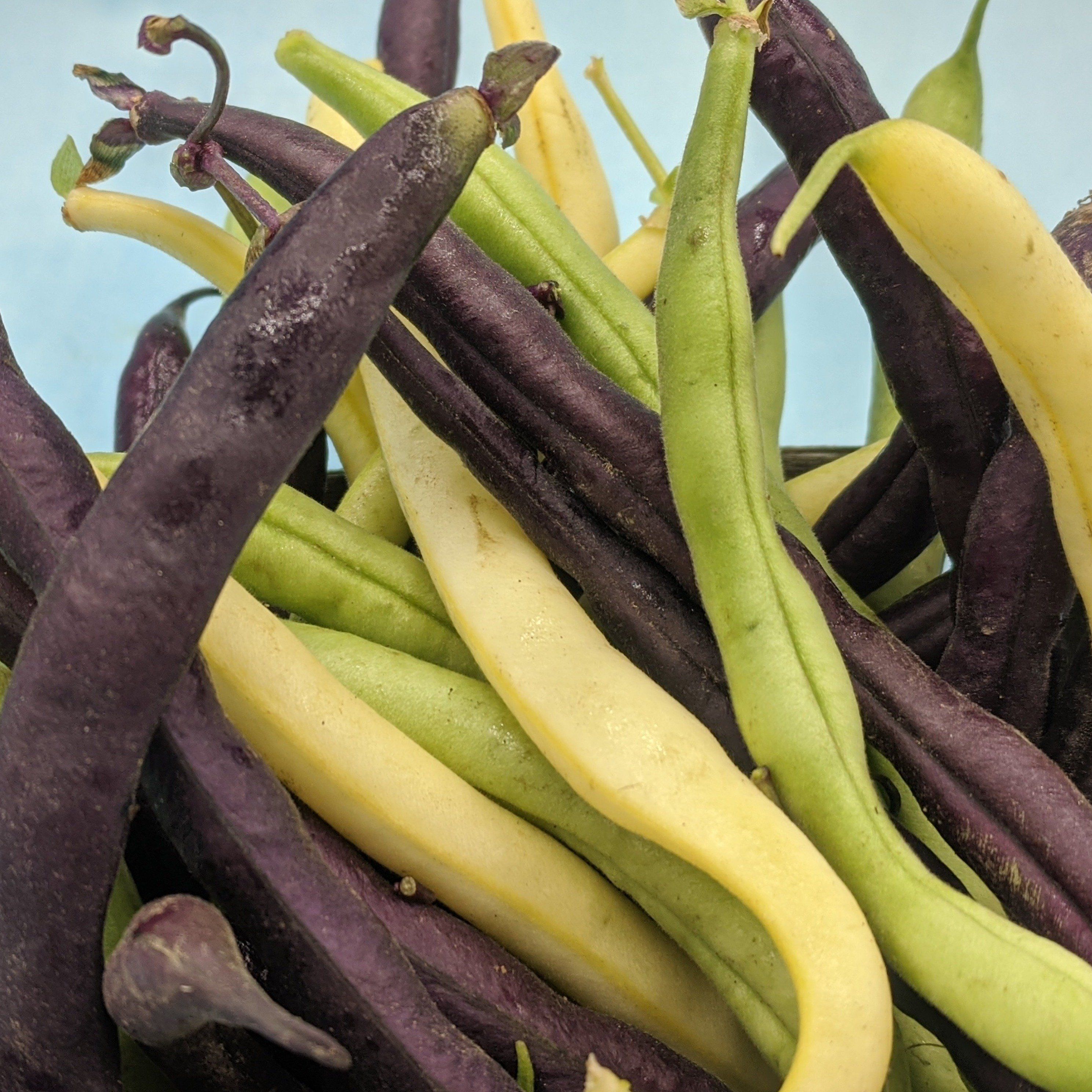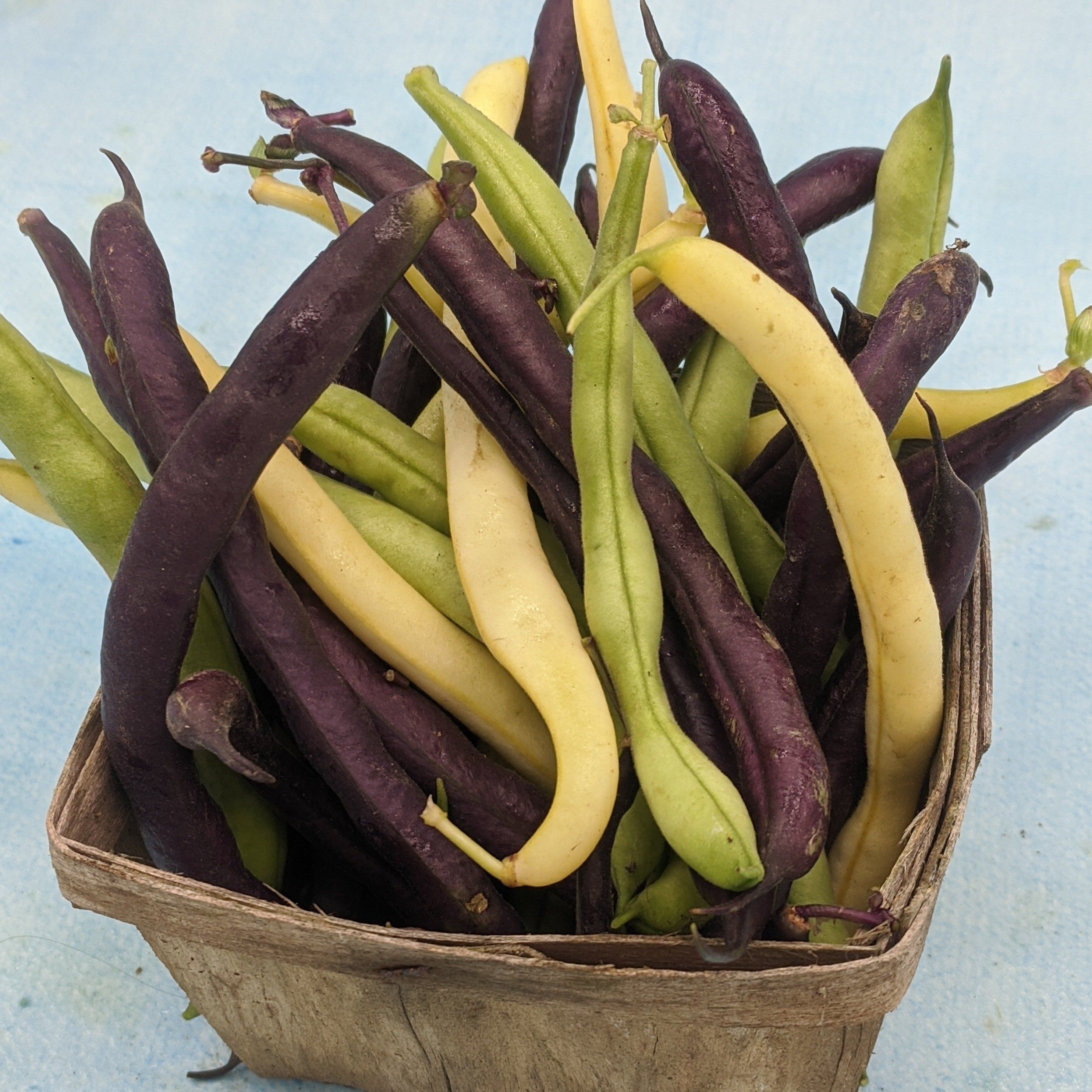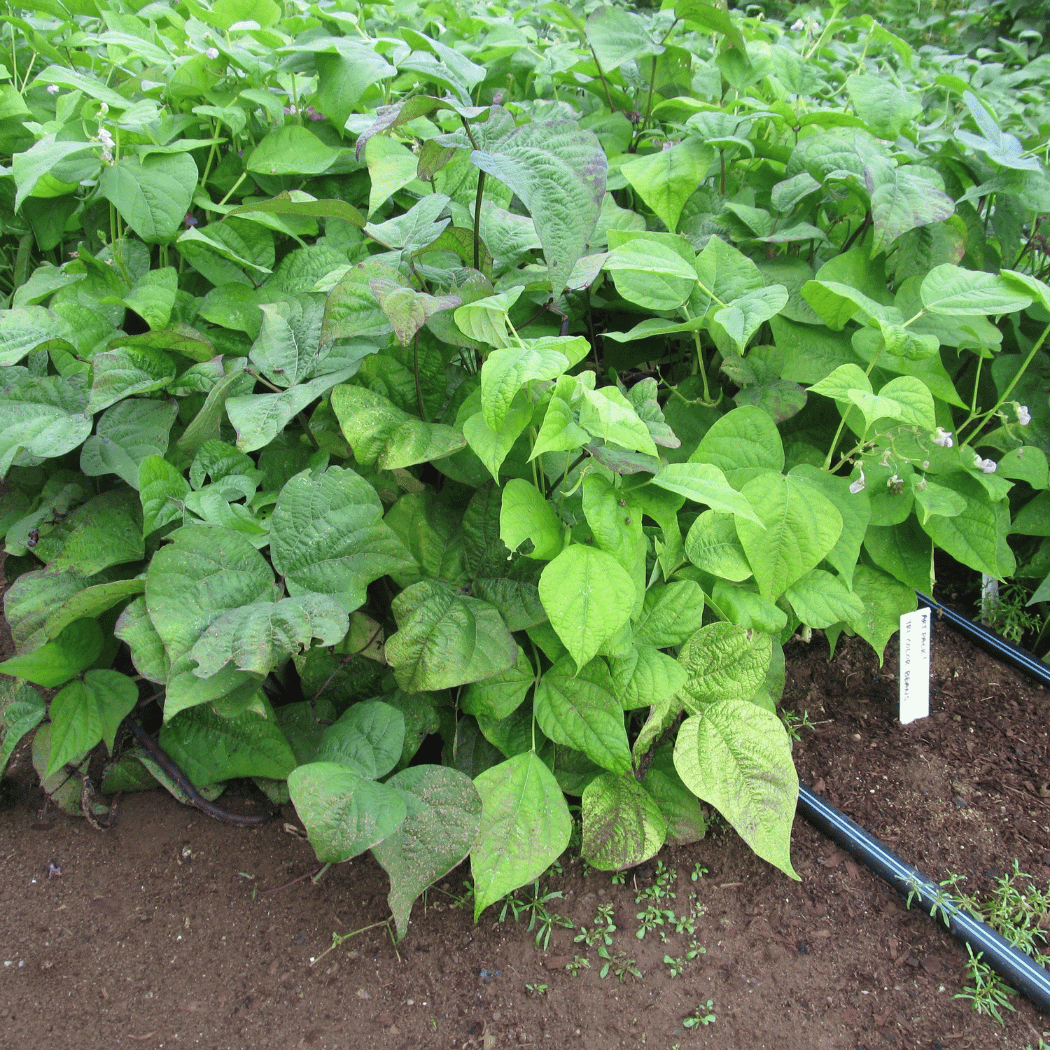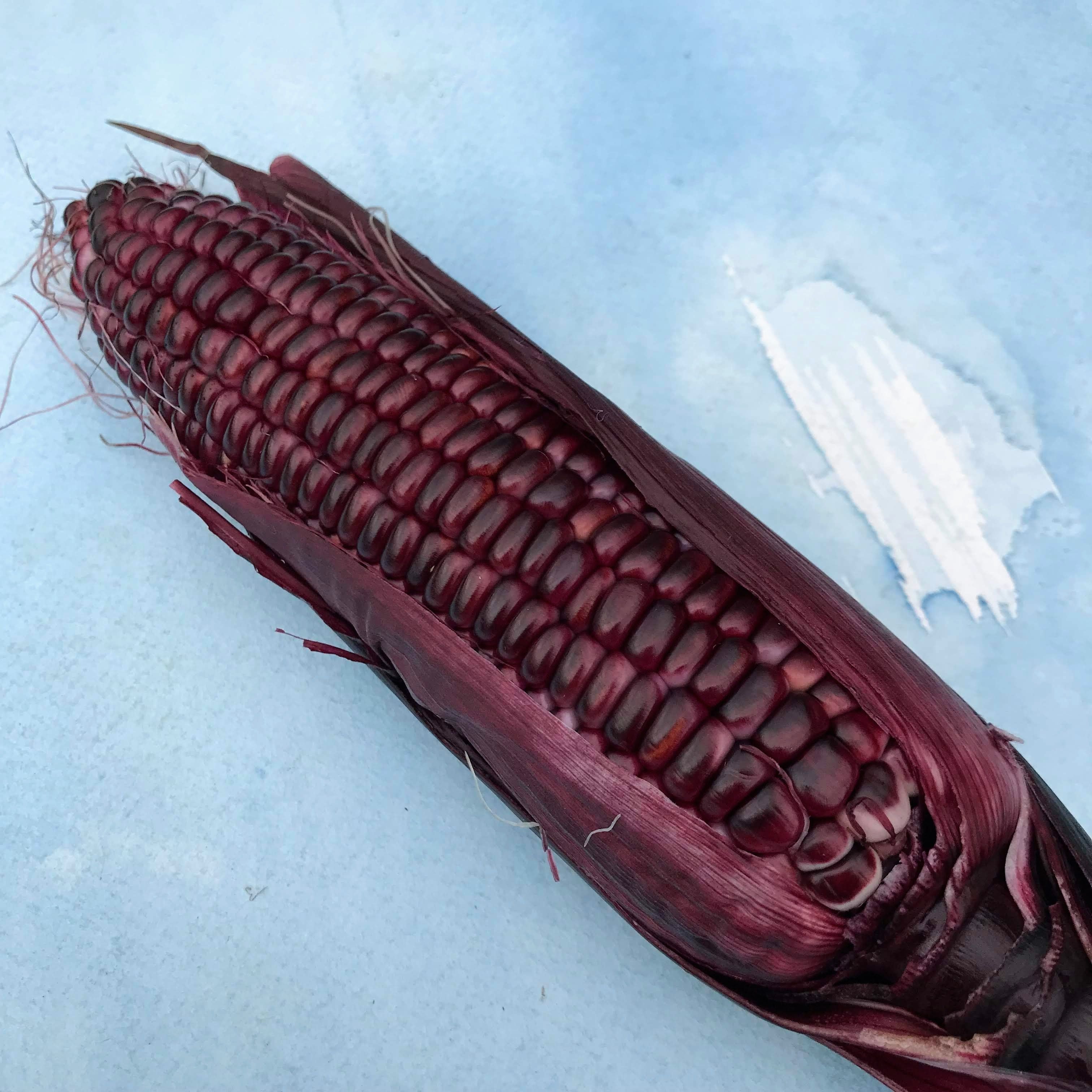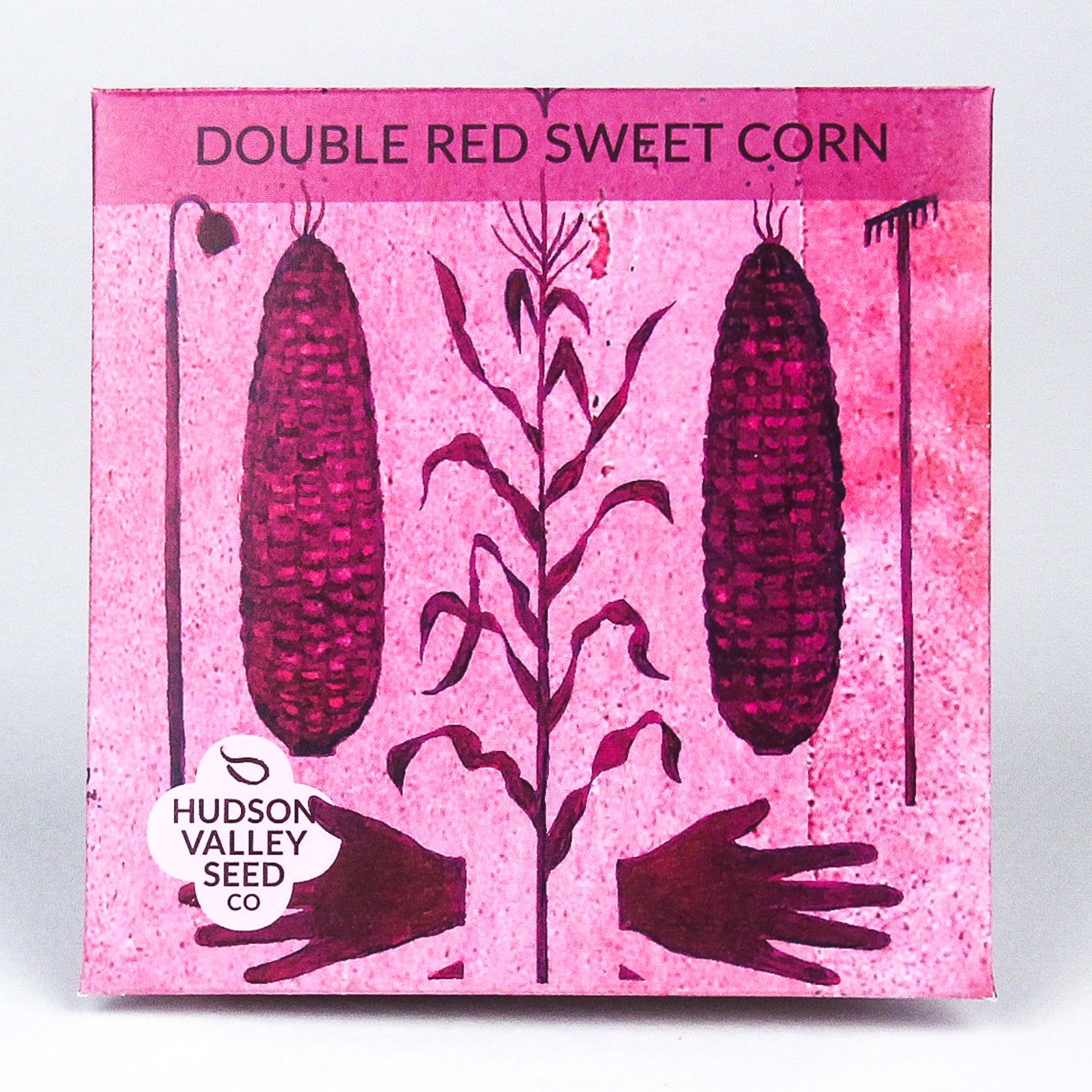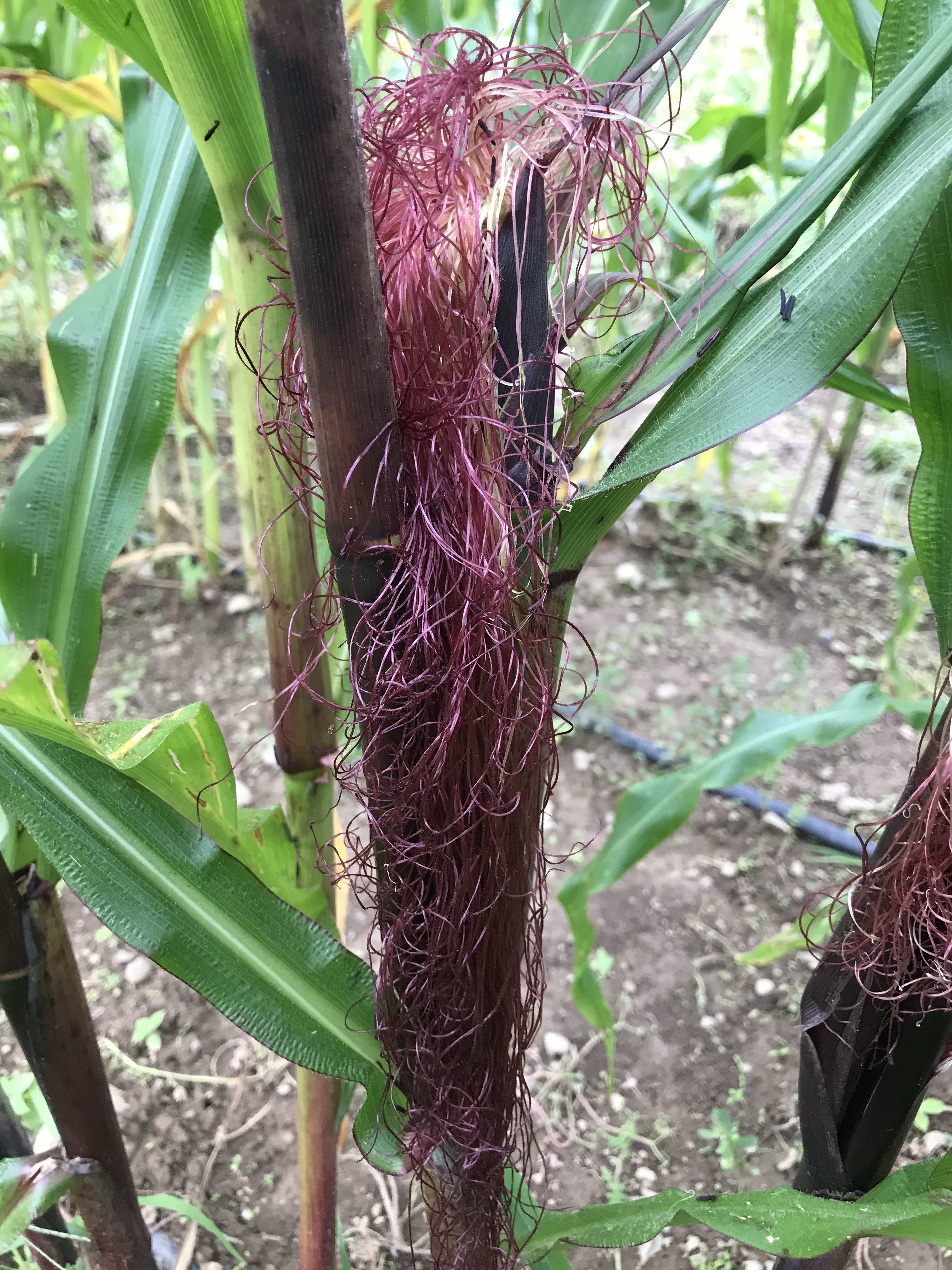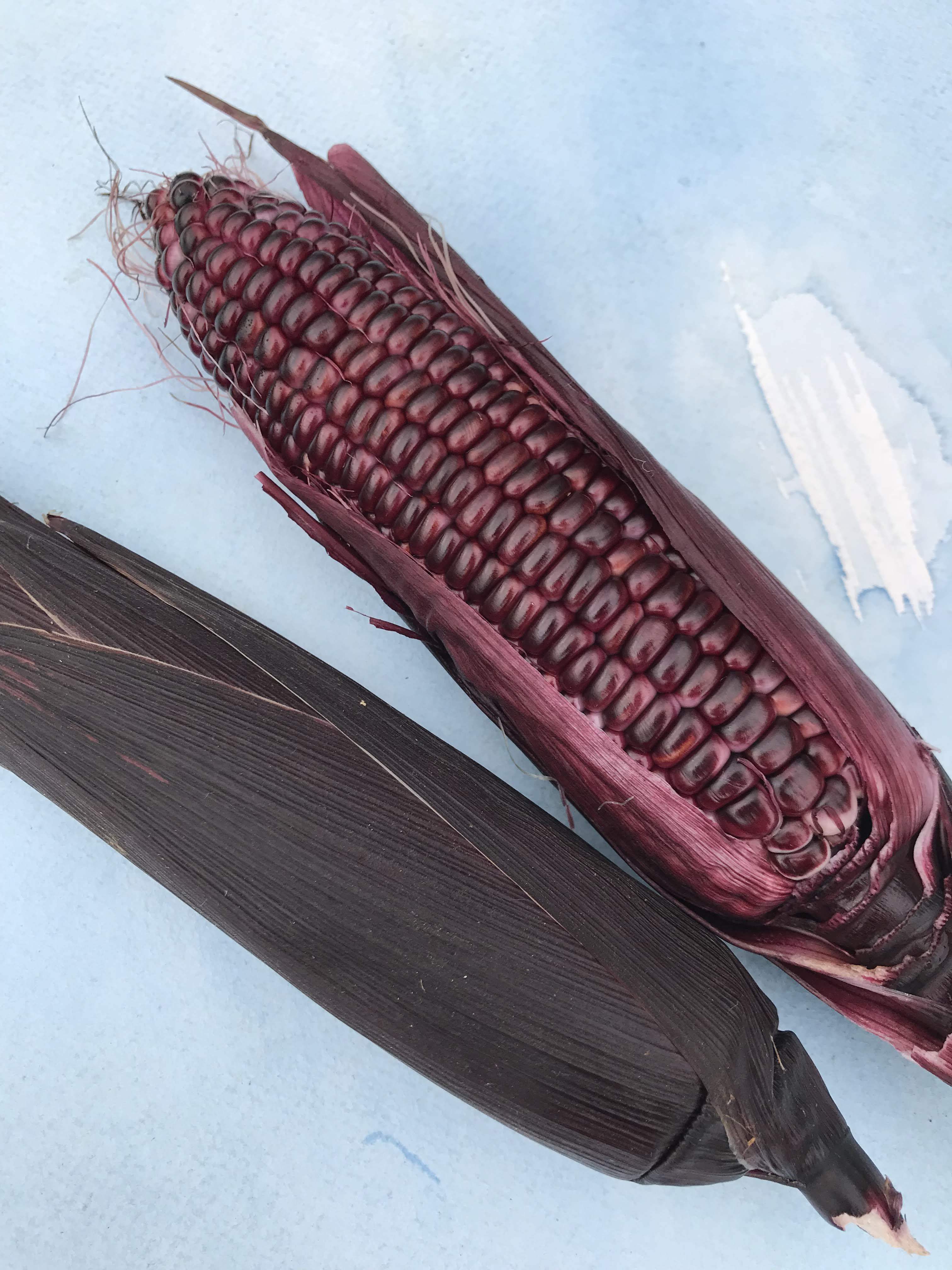
Watering Tips for Summer
With summer on the horizon, it's a good time to establish a watering routine. How much to water will generally depend on weather, soil conditions, and the types of plants we grow. If we stay on top of watering, we can sow heat-tolerant crops and get even more harvests later in the season. This time of year, make a point to check in on your plants to assess how they are doing. Find our best tips for watering in summer below.
Visible signs of a watering problem:
Both under-watering and over-watering can cause yellow or brown leaves, so look more closely, and examine the texture:
- Are the leaves brittle and crispy? If so, you may be under-watering.
- Wilted and limp leaves, despite moisture in the soil, point to over-watering.
Examine the soil:
- Dusty, crusty, or cracked soil suggest under-watering.
- Soil that drains poorly and remains slick and slippery might mean over-watering.

Ideally, your garden soil will drain well and maintain a loamy texture that will hold both moisture and oxygen. Sandy soils can drain too quickly, leaving your plants perpetually thirsty; whereas, the fine particles of clay adhere too closely when moistened, making it difficult for roots to access oxygen. Improve poor soil by adding organic matter like compost and mulch; with time, these amendments will incorporate into the soil and help strike a balance between moisture retention and drainage.
Other considerations:
- Seedlings and new plantings will generally want more frequent watering than established plants. Until they’ve matured, emerging root systems won’t be able to reach the moisture held in deep soil, so give them a little extra attention with the hose.
- Read up on your plants to learn which conditions they prefer! For instance, lettuce might be stressed by the same dry, sandy conditions that sustain an herb like lavender or thyme.
- Also, make a habit of checking the local weather forecast—and don’t expect a light shower to quench your crops. Flower and vegetable gardens will generally need at least one inch of precipitation per week. If temps are high and humidity levels are low, your plants are likely losing moisture.
The Rule of Thumb:
With consideration to the above, a good rule thumb for most flower and vegetable gardens is 1-2 good soakings from the hose per week. The idea is to water deeply enough that it attracts young root systems downward where they are more likely to find moisture during dry spells. You’ll want your weekly watering to seep 8-12 inches below the soil’s surface.
A rain gauge in the garden can also help you track weekly precipitations levels. No rain gauge? Check moisture levels the old-fashioned way: dig an index finger as far down into the soil as it will go. If it feels bone dry, then your plants are thirsty!
A few more essentials to keep in mind:
- If you have a large garden, break up the task by watering different sections on different days of the week. This way you are less likely to succumb to the urge to sprinkle rather than soak.
- Unless your plants stay wilted through the afternoon heat and well into the evening, they can wait to be watered until the following morning. If plant leaves are wet through the night, you’re more likely to incur damage from fungus and slugs.
- Water the roots—not the leaves! Sure, you’ll get some leaves wet while you water, but it’s best to aim toward the base of the plant to get that water into the soil rather than evaporating into the air.
- Weeding and mulching keeps weeds from competing for water, so continue to mulch and weed through the season.
Remember to give your summer-sown seedlings extra water, and add shade cloth for greens, cilantro, or other crops that might otherwise bolt in the heat. Find highlights from our collection of heat-tolerant plants below.

